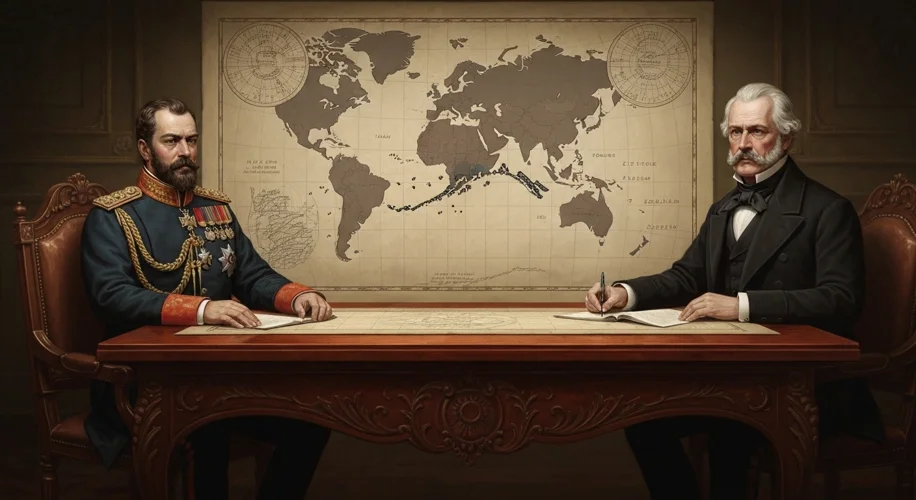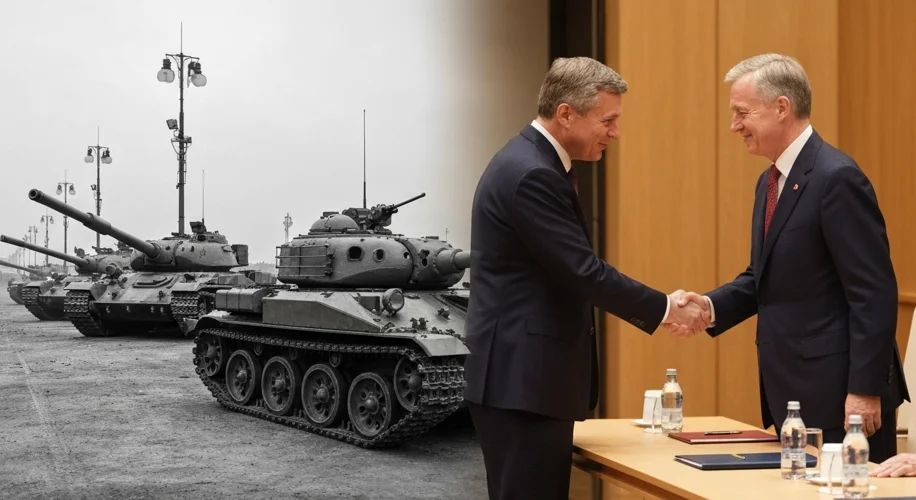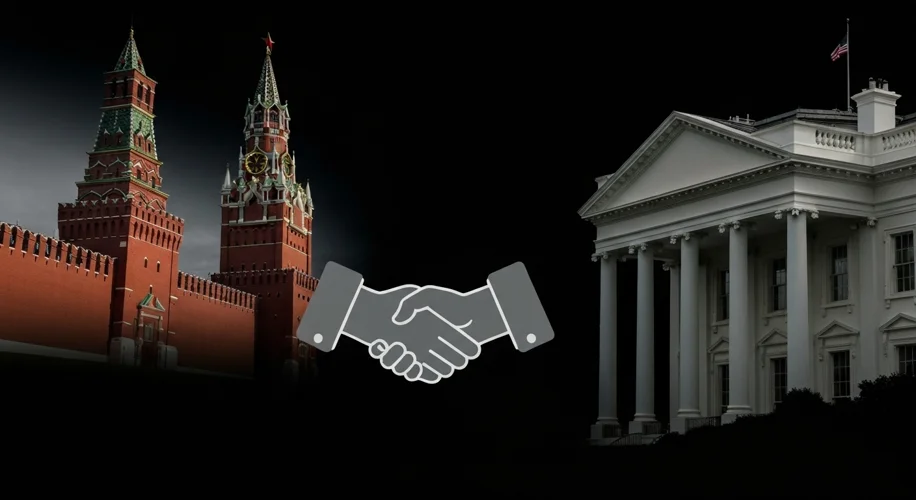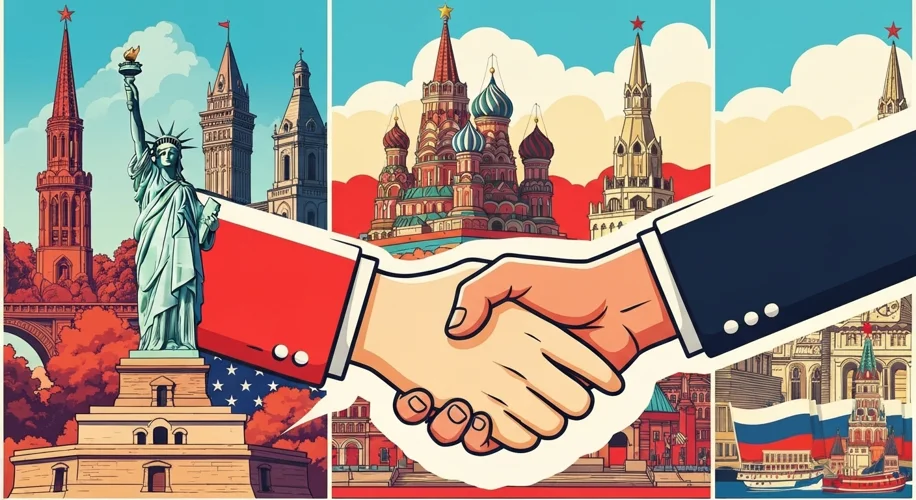The relationship between the United States and Russia is a complex tapestry woven with threads of cooperation, competition, and outright animosity. For centuries, these two global powers have engaged in a diplomatic dance, a high-stakes game of chess played on the world stage. From the clandestine meetings of spies to the grand pronouncements of leaders, their interactions have shaped the course of modern history.
The Seeds of a Relationship: Early Encounters
While the modern United States and Russia have vastly different origins, their paths began to cross in earnest during the 19th century. As Russia expanded eastward and the young American nation looked westward, their spheres of influence occasionally touched. Early diplomatic exchanges were polite but cautious, tinged with the exoticism of distant cultures. Russia, an autocratic empire, and the United States, a burgeoning democracy, viewed each other with a mixture of curiosity and suspicion. The purchase of Alaska from Russia in 1867 was a significant, albeit unusual, moment of cooperation, driven by Russia’s financial needs and America’s strategic ambitions.  This vast territory, later known as the “Seward Folly” by some critics, would prove invaluable to the United States.
This vast territory, later known as the “Seward Folly” by some critics, would prove invaluable to the United States.
The Cold War Crucible: Ideological Warfare and Proxy Conflicts
The post-World War II era ushered in an era of unprecedented tension: the Cold War. The ideological chasm between the capitalist West, led by the US, and the communist East, dominated by the Soviet Union (of which Russia was the largest republic), fueled a global rivalry. Diplomacy during this period was a tightrope walk, with moments of near-catastrophe punctuated by brief periods of détente. Nuclear brinkmanship, proxy wars in Korea, Vietnam, and Afghanistan, and the relentless arms race defined this tense standoff. Yet, even amidst the hostility, diplomatic channels remained open. The Cuban Missile Crisis, a terrifyingly close call with nuclear war, ultimately led to the establishment of the Moscow-Washington hotline, a direct communication link designed to prevent accidental escalation.

Post-Cold War Hopes and Renewed Tensions
With the dissolution of the Soviet Union in 1991, a new chapter seemed to open. The 1990s saw a period of relative optimism, with Russia seeking integration into the global community and the US expressing a desire for partnership. High-level summits between Presidents George H.W. Bush and Boris Yeltsin, and later between Presidents Bill Clinton and Yeltsin, fostered a sense of cautious optimism. Russia joined the G7 (later G8), and discussions about arms control and economic cooperation flourished. However, underlying anxieties persisted. NATO expansion eastward, perceived by Russia as a threat, began to sow the seeds of future discord.
The 21st Century: A Shifting Landscape
The 21st century has witnessed a resurgence of geopolitical competition. Events such as the 2008 Russo-Georgian War, Russia’s annexation of Crimea in 2014, and its involvement in the Syrian conflict have significantly strained diplomatic ties. The US and its allies have responded with sanctions and increased military presence in Eastern Europe. Despite these challenges, diplomatic engagement continues, often characterized by stern warnings and pointed negotiations. Summits between Presidents George W. Bush and Vladimir Putin, Barack Obama and Dmitry Medvedev, and later Donald Trump and Vladimir Putin, aimed to manage disagreements and explore areas of potential cooperation, such as counter-terrorism and arms control. However, deep-seated mistrust and differing strategic interests often overshadowed these efforts.

The Enduring Enigma
The US-Russia relationship remains one of the most critical and complex bilateral relationships in the world. It is a dynamic interplay of shared interests and profound disagreements, a constant negotiation between cooperation and confrontation. Understanding this intricate history, marked by moments of profound crisis and fleeting opportunities for partnership, is crucial for navigating the geopolitical landscape of today and tomorrow. The dance continues, with the steps of diplomacy constantly being redefined by the shifting global rhythm.

